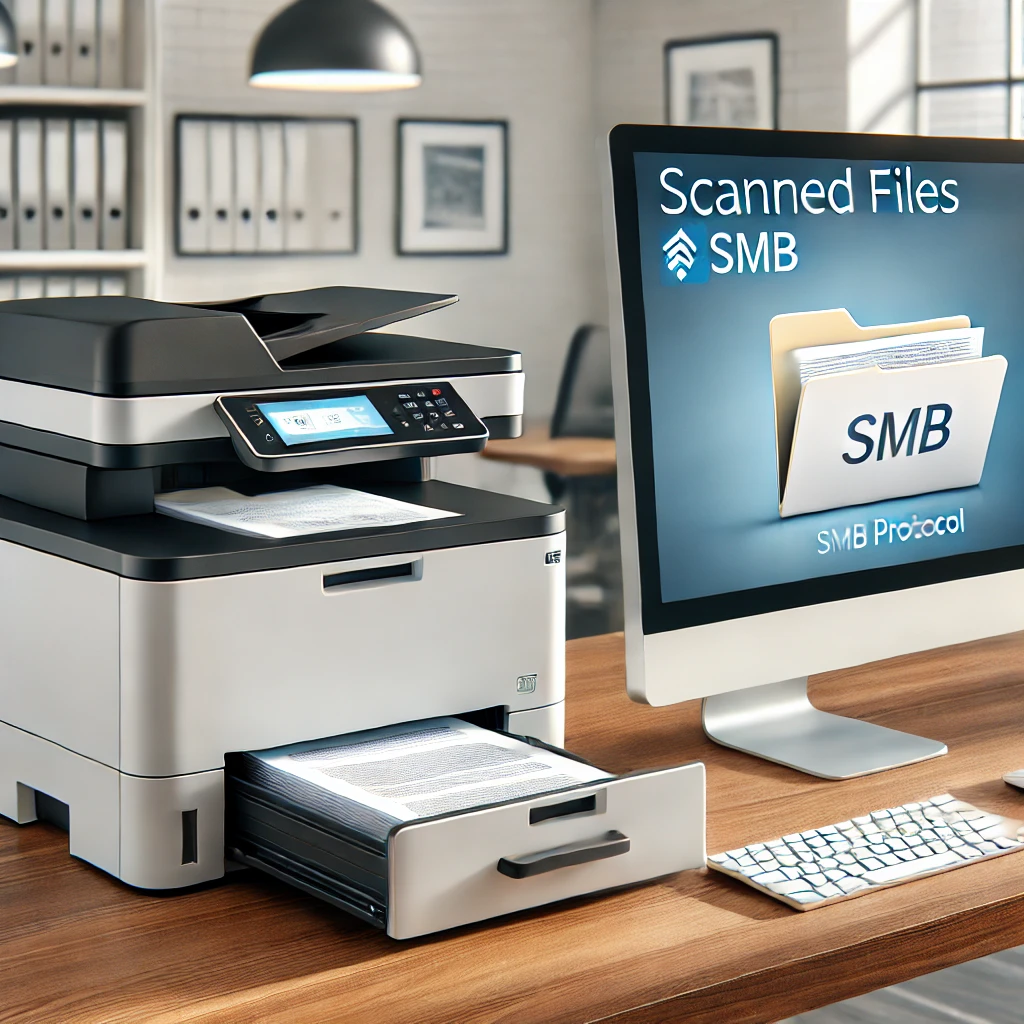In modern workplaces, efficient file sharing and document management are critical for productivity. Scanning SMB (Server Message Block) has emerged as a reliable and secure method for transferring scanned documents to shared folders on a network. Whether for small businesses or large enterprises, SMB scanning simplifies workflows, reduces manual effort, and enhances security. This comprehensive guide explores the essentials of scanning SMBs, including setup processes, troubleshooting tips, benefits, and best practices.
What Is Scanning SMB?
Scanning SMB refers to the process of scanning physical documents using a multifunction printer (MFP) or scanner and directly saving the digital files to a shared folder on a network. SMB, or Server Message Block, is a network communication protocol widely used for sharing resources such as files and printers across devices in a local area network (LAN).
This protocol is ubiquitous in Windows-based environments, but with proper configurations, it can also work with macOS and Linux. Scanning SMB eliminates the need for intermediary devices, such as USB drives or emails, ensuring faster and more secure document management.

Why Choose SMB Scanning?
The popularity of SMB scanning lies in its simplicity and efficiency. Here are some reasons why it’s widely adopted:
- Centralized Document Storage:
- Scanned files are stored in a shared network folder accessible to authorized users, promoting collaboration.
- Enhanced Security:
- SMB connections can be encrypted, protecting sensitive data during transfer.
- Increased Productivity:
- Automating the process of saving scanned documents to a shared location saves time and effort.
- Compatibility:
- Most modern multifunction printers support SMB scanning, making it an accessible option.
How to Set Up SMB Scanning
Configuring SMB scanning involves two main steps: setting up a shared folder on your network and configuring the printer or scanner. Below is a detailed guide:
1. Setting Up a Shared Folder
- Create the Folder:
- On a Windows computer or server, create a new folder where scanned documents will be saved.
- Enable Sharing:
- Right-click the folder, select “Properties,” and navigate to the “Sharing” tab.
- Click on “Advanced Sharing” and check the box for “Share this folder.”
- Set Permissions:
- Assign read and write permissions to specific users or groups who will access the folder.
- Note the Network Path:
- The shared folder will have a path like \\192.168.x.x\FolderName. This path is needed for printer configuration.
2. Configuring the Printer
- Access Printer Settings:
- Open the printer’s web interface by entering its IP address in a web browser.
- Navigate to Scan Settings:
- Locate the section for scan or address book settings.
- Add a New SMB Destination:
- Enter the shared folder’s network path.
- Input the username and password of an account with access to the shared folder.
- Save and Test:
- Save the configuration and perform a test scan to verify that the file is successfully saved to the shared folder.
Troubleshooting Common SMB Scanning Issues
While SMB scanning is generally straightforward, some common issues may arise during setup or usage. Here’s how to address them:
1. Incorrect Network Path
- Double-check the folder’s network path entered in the printer settings.
- Ensure the folder is shared correctly and accessible on the network.
2. Permission Denied
- Verify that the user account entered in the printer settings has write access to the shared folder.
- Adjust sharing and security permissions if needed.
3. Firewall Blockage
- Ensure the firewall on the computer or server allows SMB traffic.
- Add exceptions for the printer’s IP address if necessary.
4. Incompatible SMB Version
- Older devices may not support newer SMB versions. Configure the server to allow backward compatibility.
5. Printer Firmware Issues
- Update the printer’s firmware to the latest version to fix compatibility and security issues.
Best Practices for Secure SMB Scanning
To maximize the benefits of SMB scanning, follow these best practices:
- Use Strong Passwords: Protect shared folders with robust passwords to prevent unauthorized access.
- Limit Folder Access: Assign folder permissions only to users who need access to the scanned files.
- Encrypt SMB Connections: Use secure SMB versions, such as SMB 3.0, which support encryption to safeguard data.
- Regularly Update Devices: Keep your printer firmware and network devices updated to address security vulnerabilities.
- Backup Scanned Files: Implement regular backups of scanned files to prevent data loss.
Advantages of SMB Scanning
1. Enhanced Collaboration
- SMB scanning allows teams to access scanned documents from a shared folder in real-time.
2. Cost-Effective
- Eliminates the need for additional tools or software for file sharing.
3. Time-Saving
- Automates the scanning and saving process, reducing manual effort.
4. Eco-Friendly
- Promotes a paperless office environment by digitizing documents.
FAQs About Scanning SMB
1. What is the purpose of scanning SMBs?
SMB scanning simplifies the process of saving scanned documents directly to a network folder, improving file management and collaboration.
2. How do I set up SMB scanning on a multifunction printer?
To set up SMB scanning, create a shared folder on your computer, configure the printer with the folder path and login credentials, and test the connection.
3. Is SMB scanning secure for sensitive documents?
Yes, SMB scanning is secure if configured correctly. Use encrypted SMB versions and restrict access to authorized users.
4. What are the common errors in SMB scanning, and how can I resolve them?
Common issues include incorrect folder paths, permission errors, and firewall blockages. Double-check settings and permissions, and update firmware if needed.
5. Can SMB scanning work on macOS or Linux systems?
Yes, SMB scanning can be configured on macOS and Linux with proper setup and compatibility adjustments.
Recap: Setting Up SMB Scanning
Setting up SMB scanning involves two main steps: creating a shared folder and configuring the printer to save scanned files to that folder. By following best practices, such as using strong passwords, limiting access, and encrypting connections, organizations can ensure a seamless and secure document management process. Troubleshooting common issues like permission errors or firewall blockages can further enhance the experience.
Conclusion
Scanning SMB is an essential tool for efficient file sharing and document management. Its simplicity, security, and compatibility make it a go-to solution for offices of all sizes. By understanding the setup process, addressing potential challenges, and following best practices, you can optimize your workflow and ensure data protection. Whether you’re a small business owner or part of a large organization, mastering SMB scanning will undoubtedly streamline your operations.



